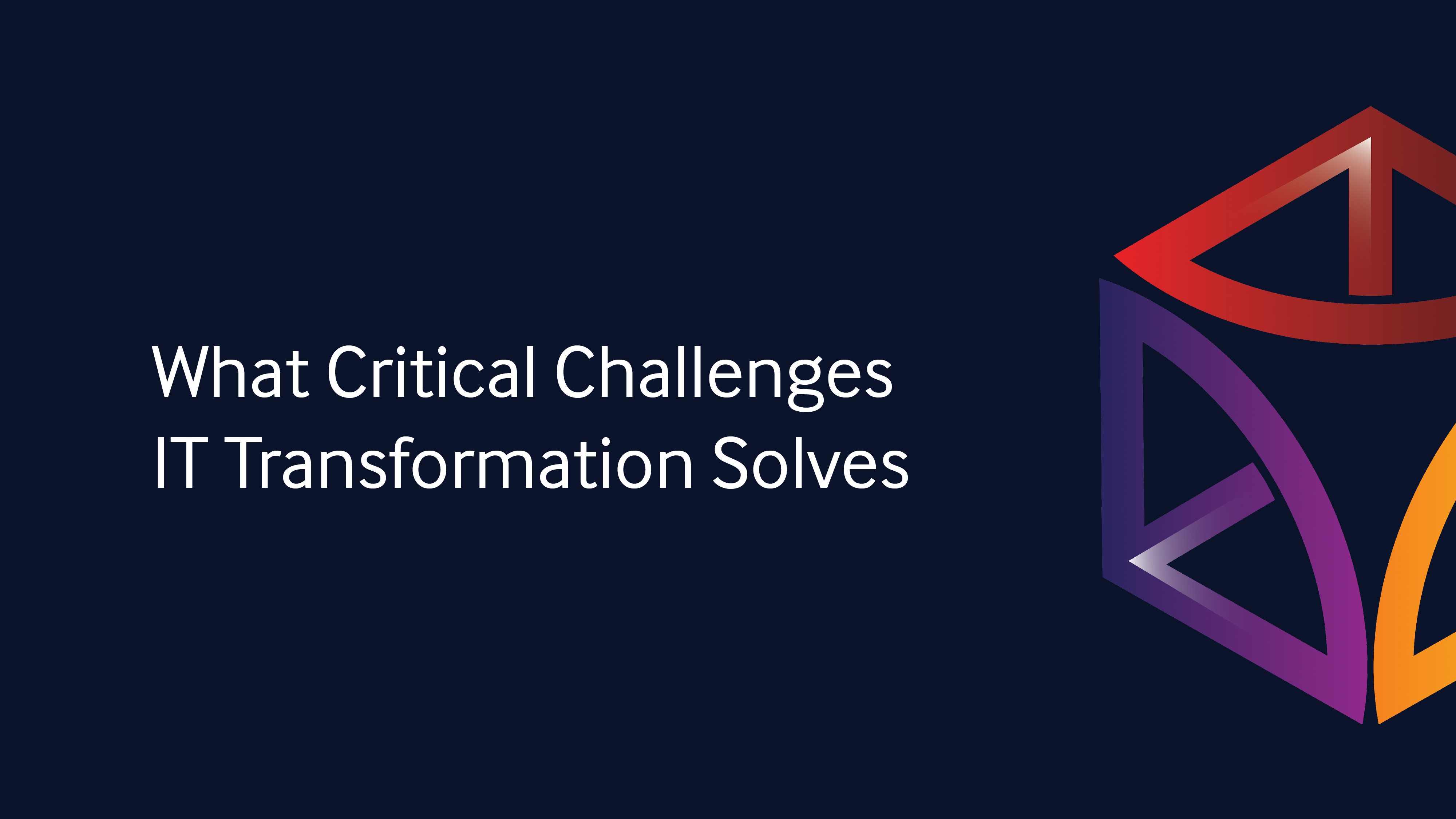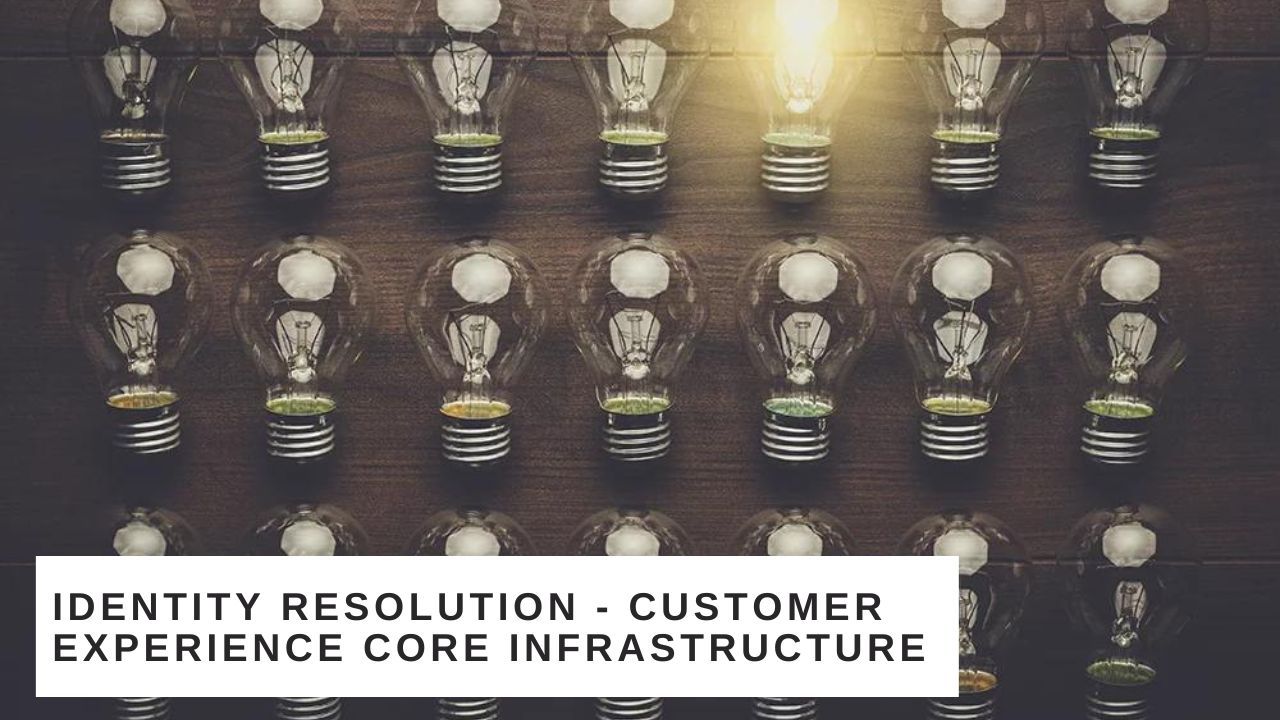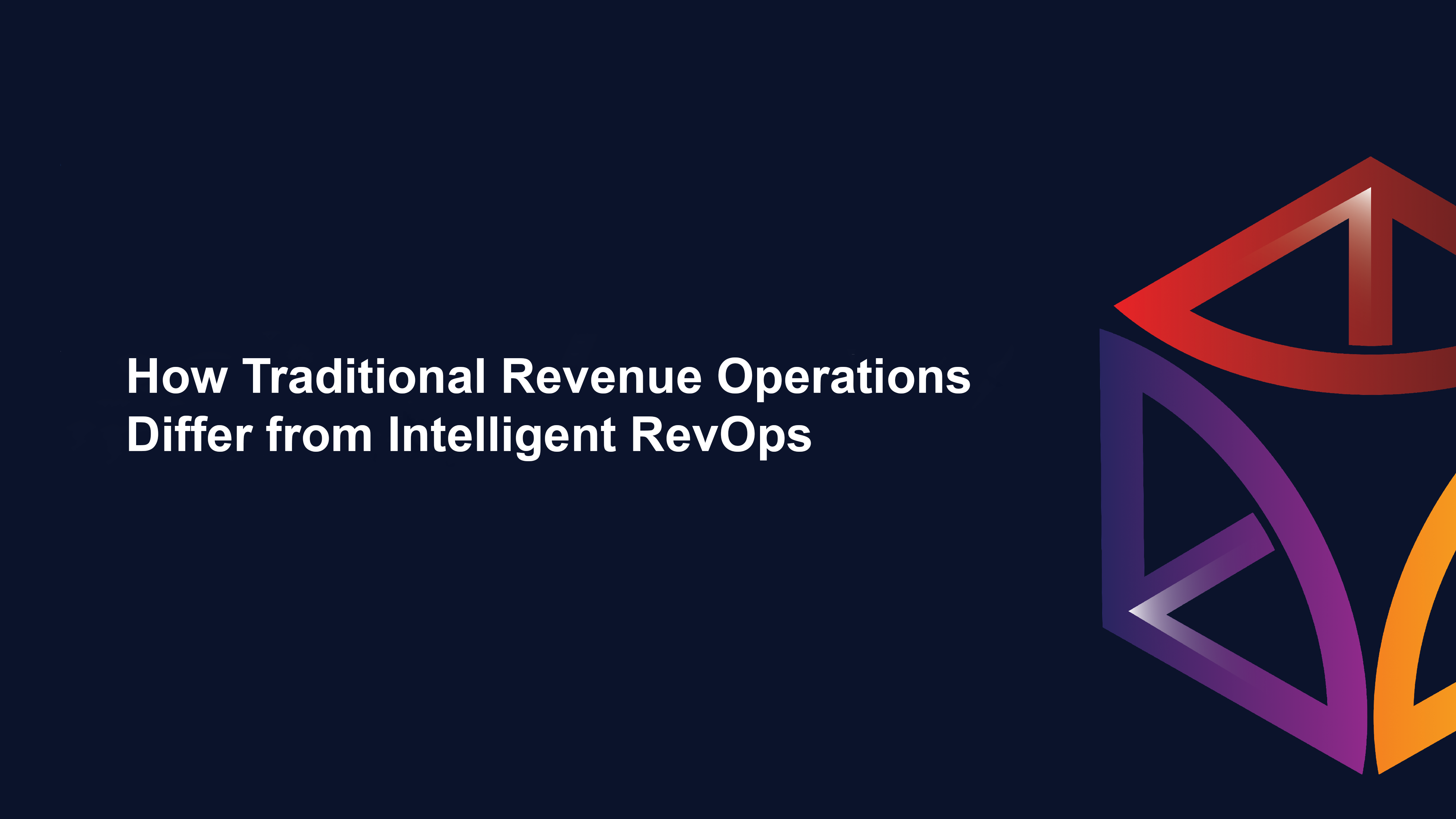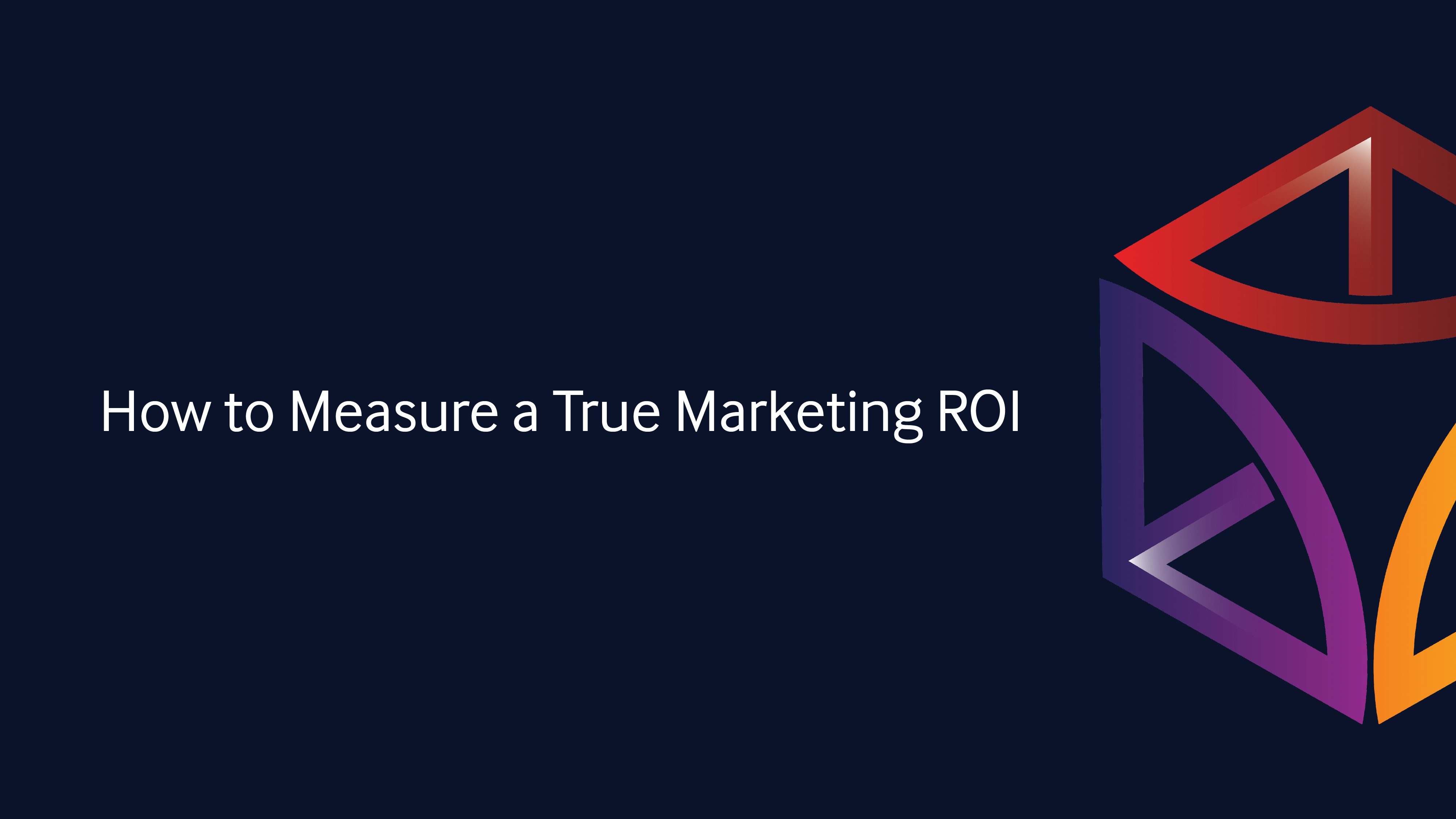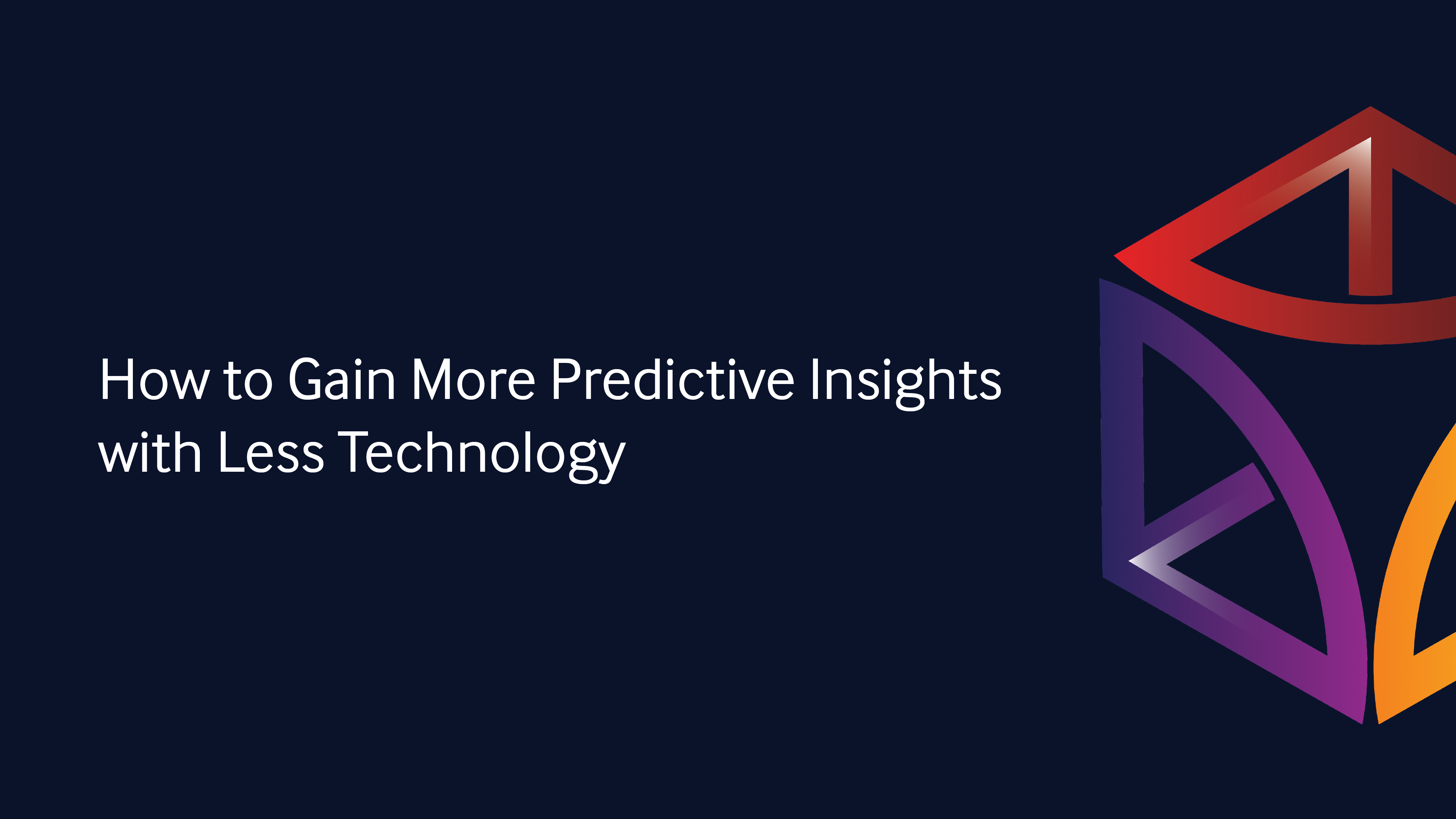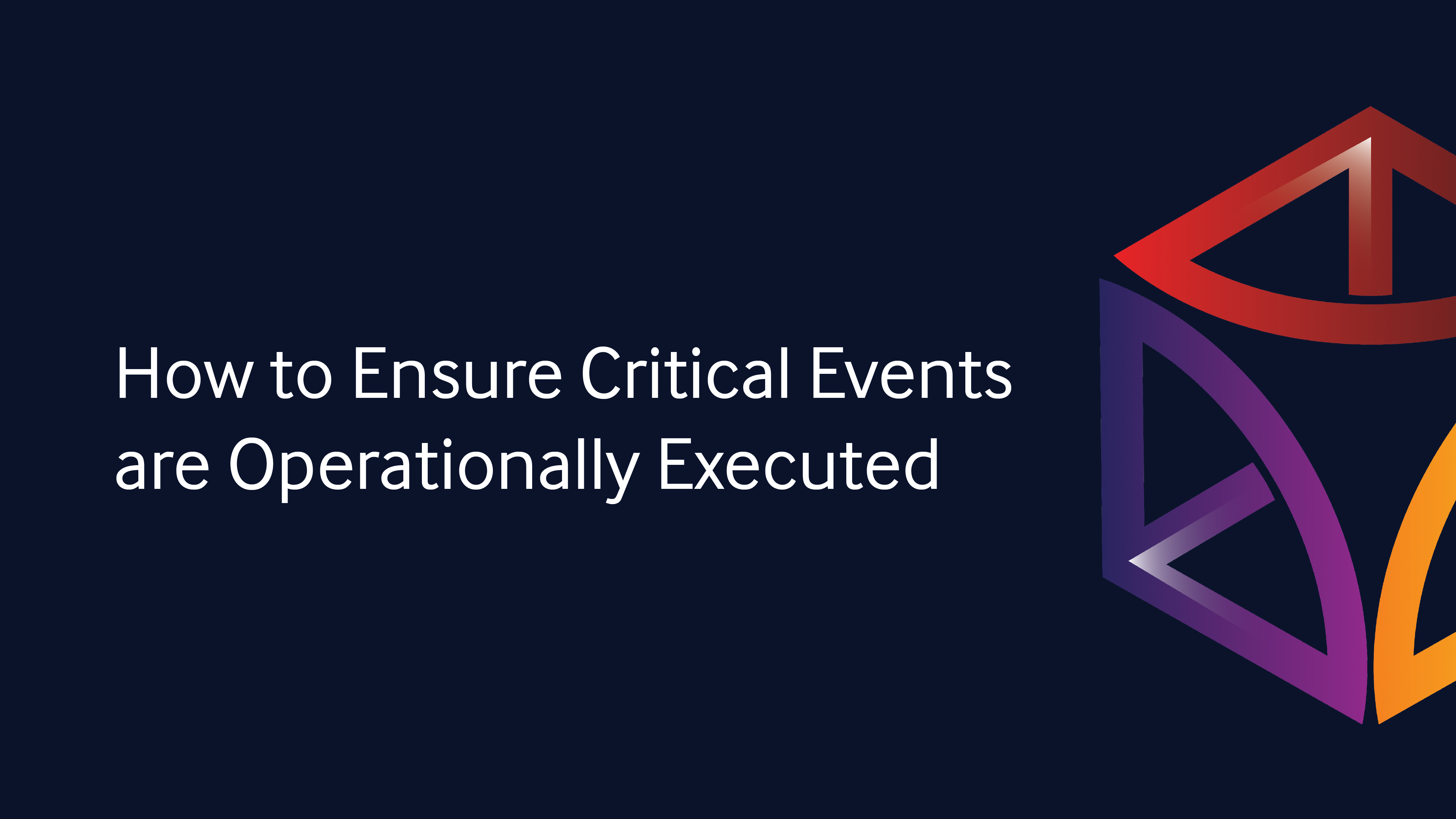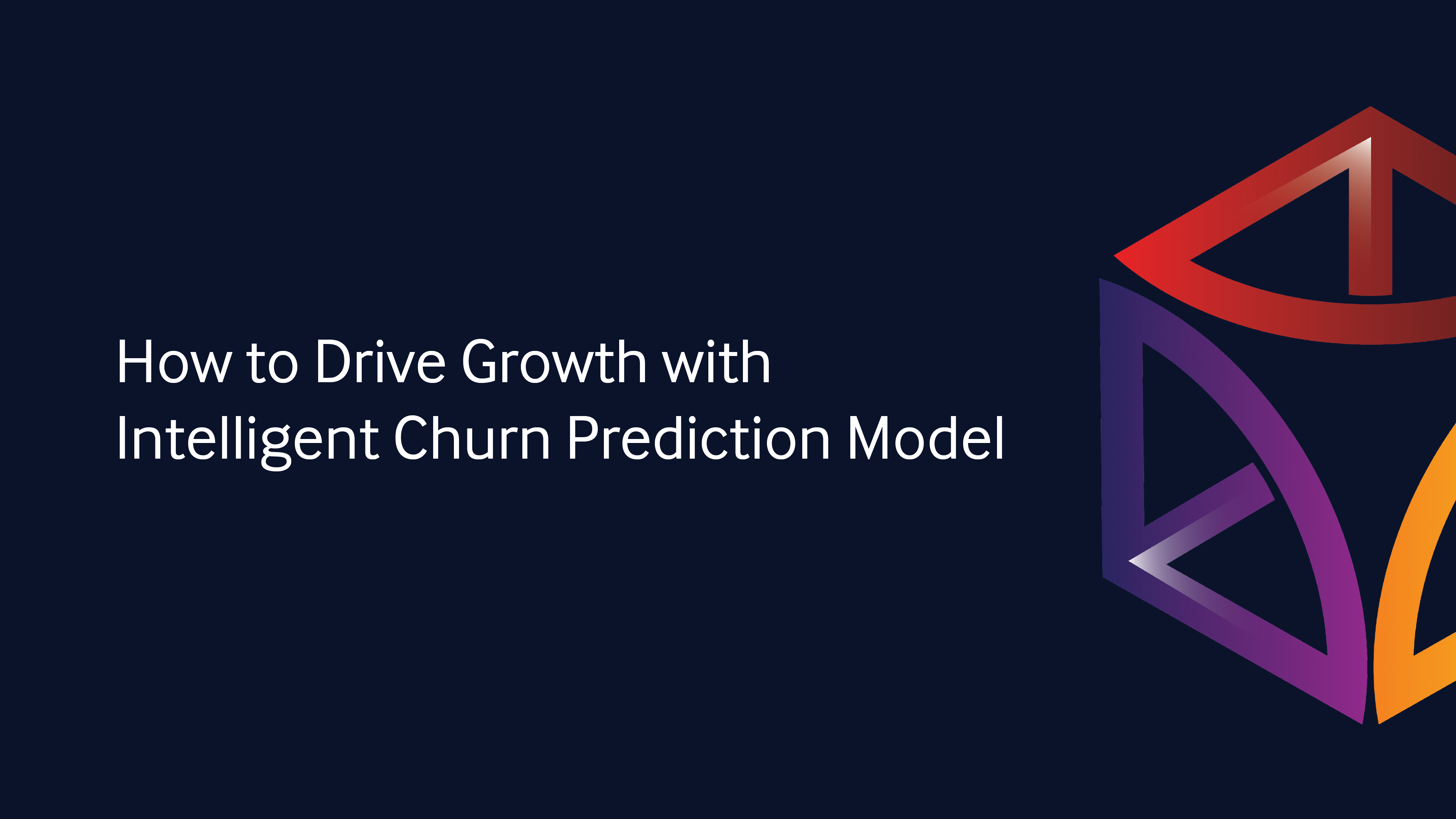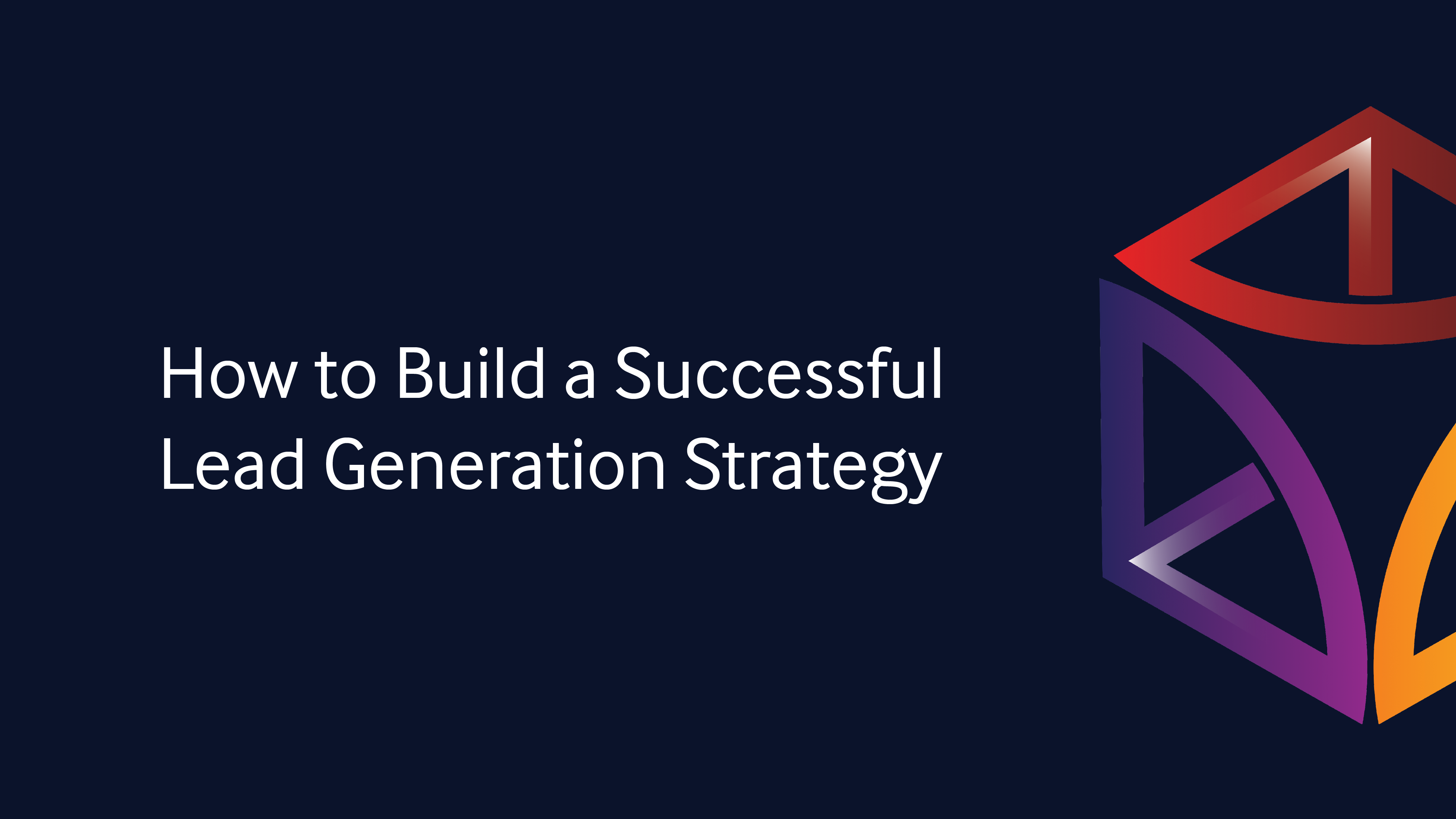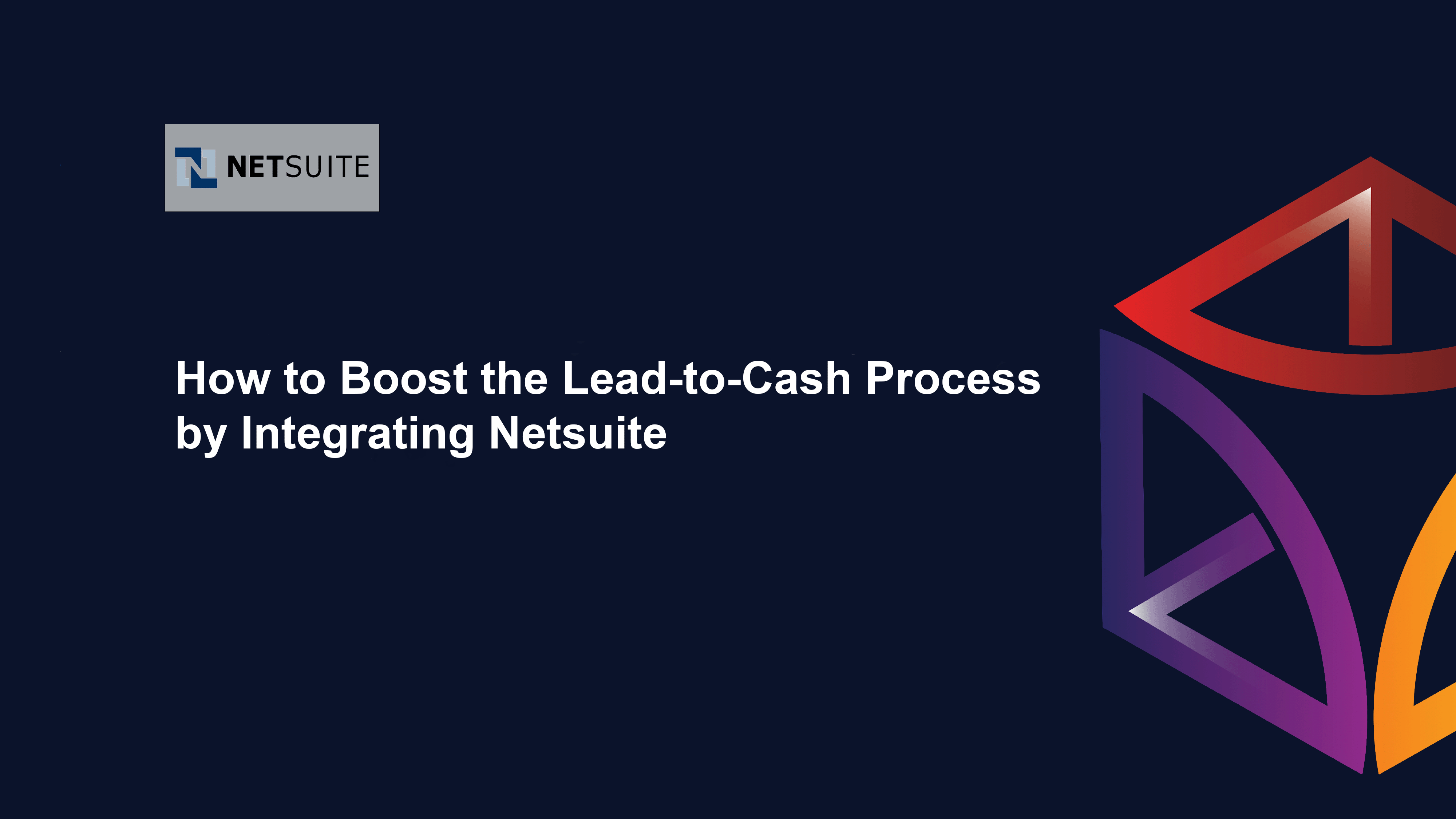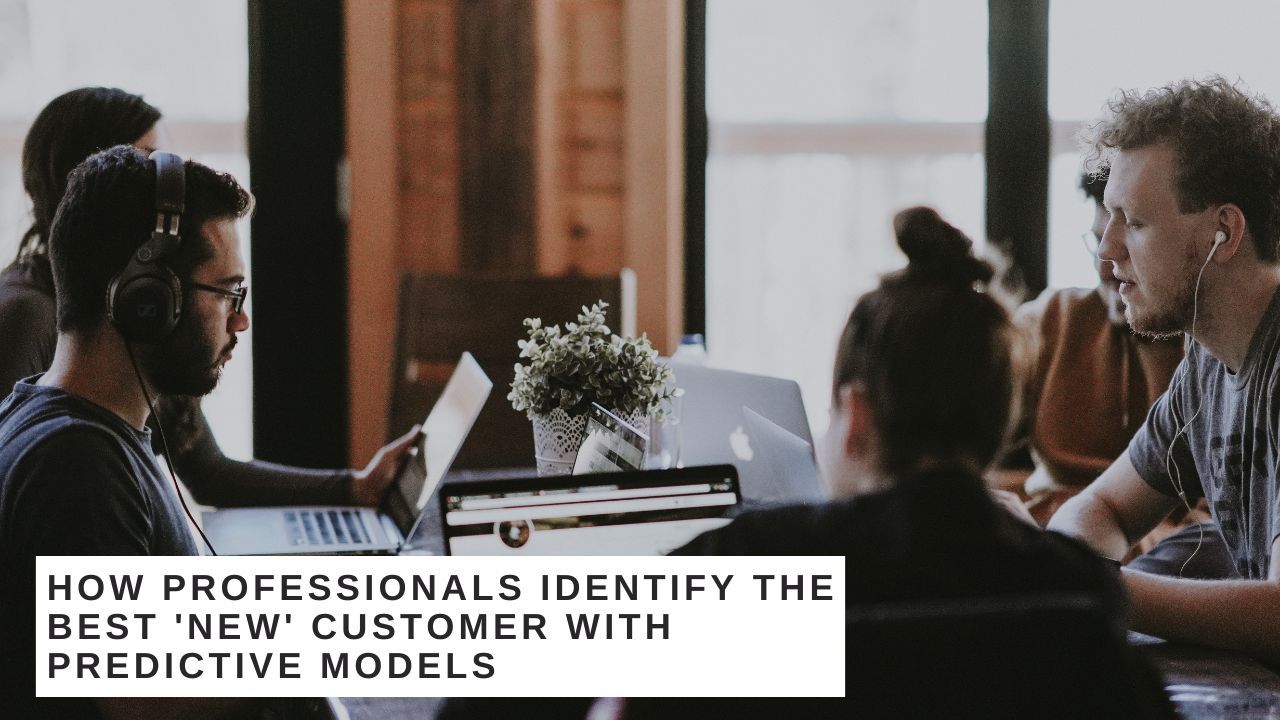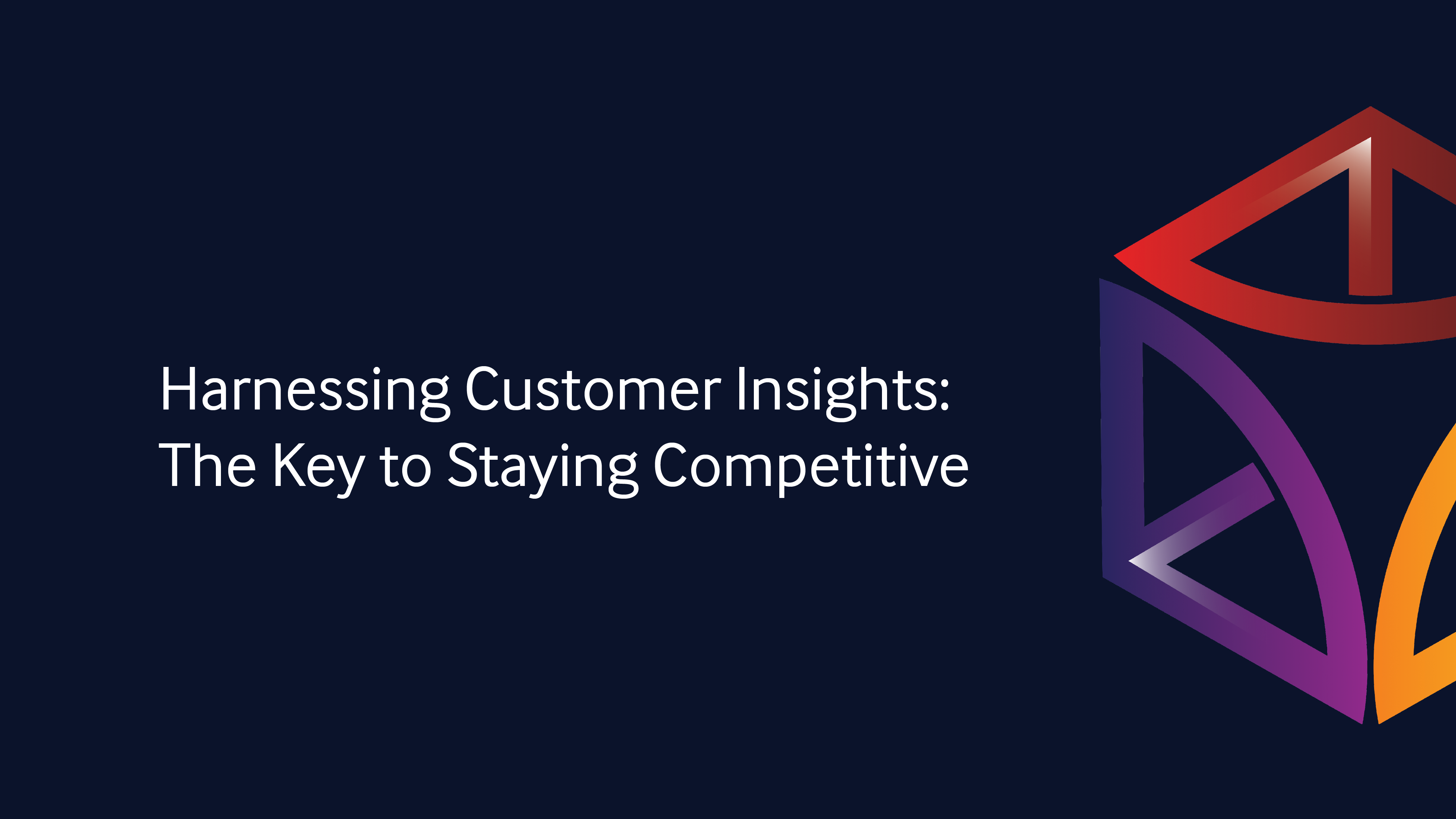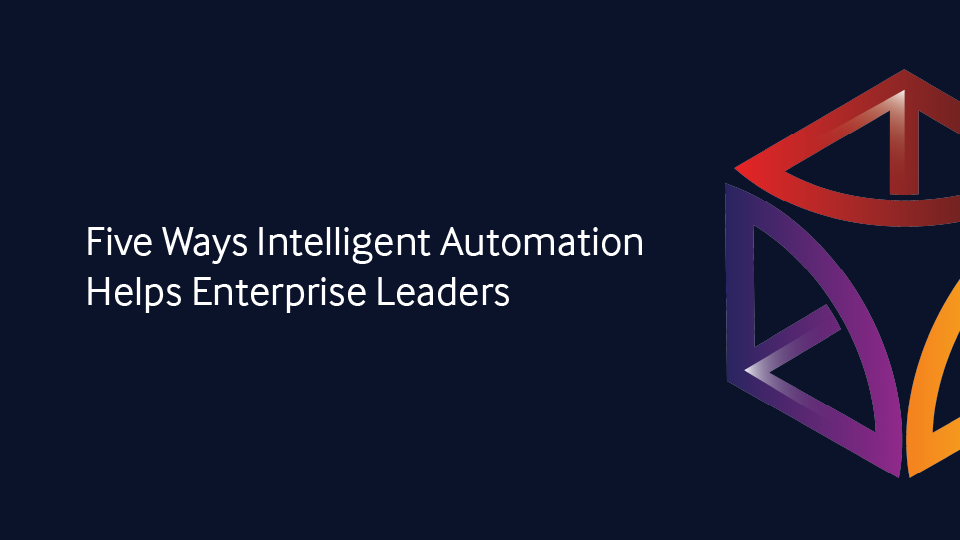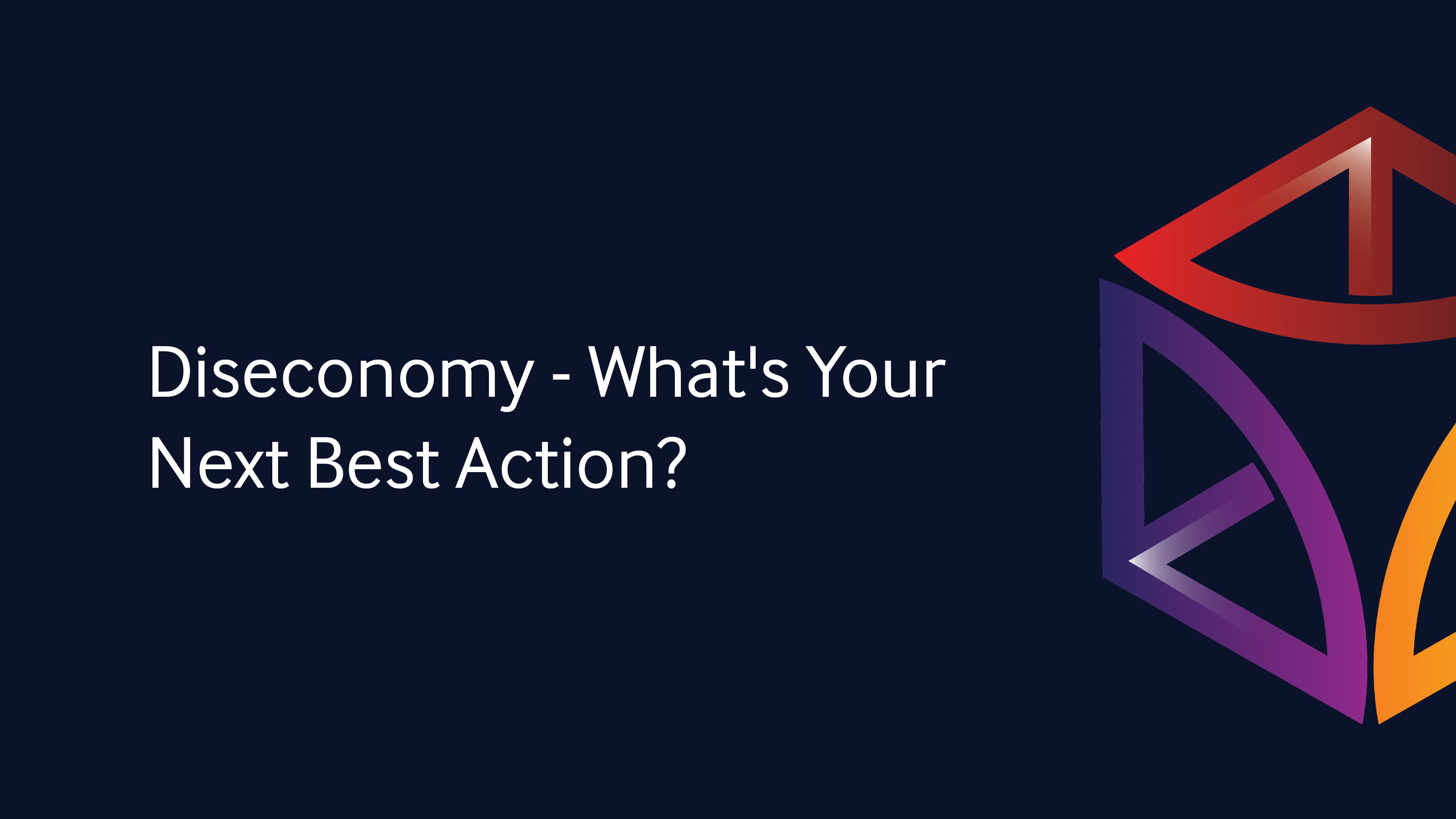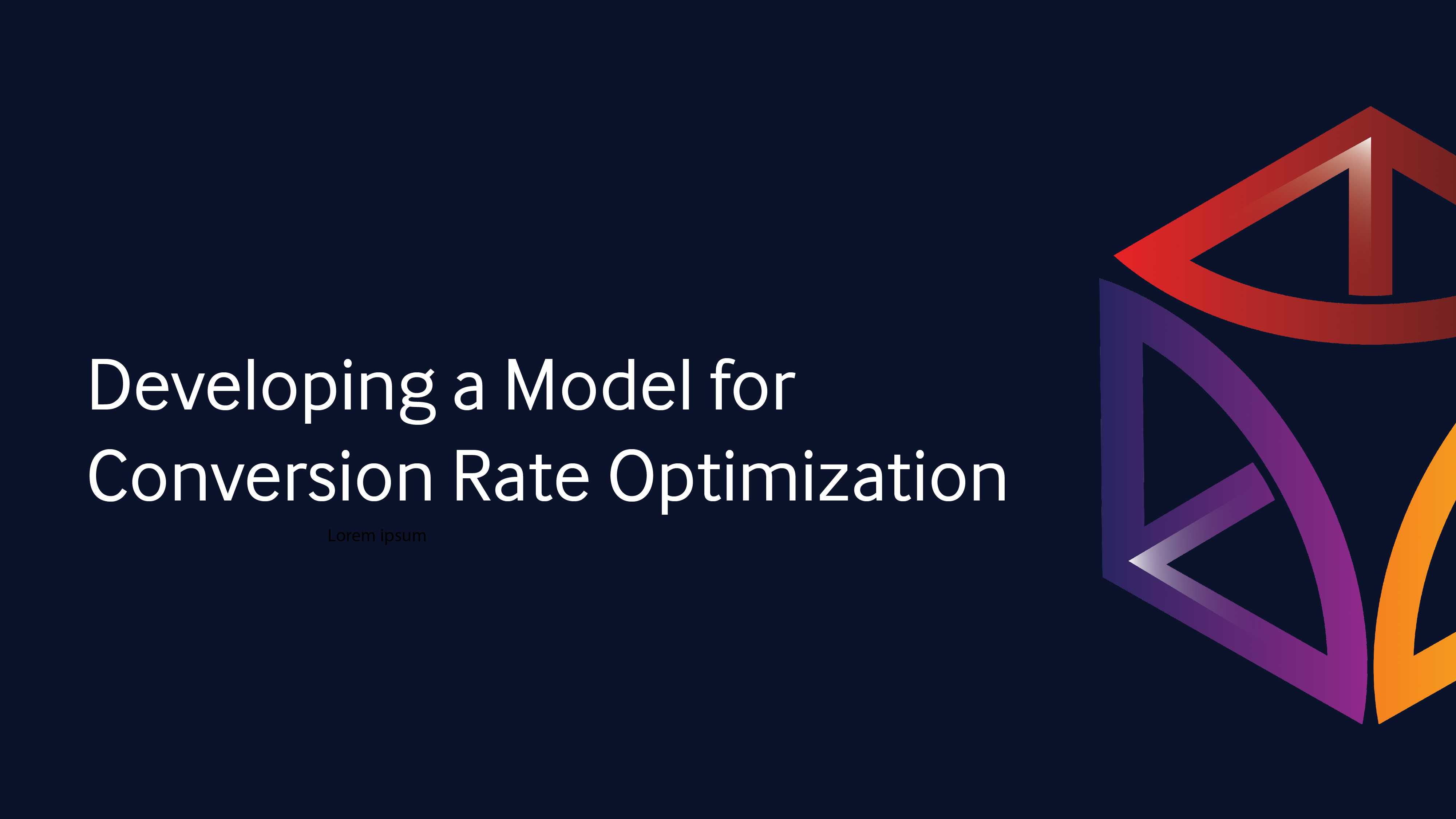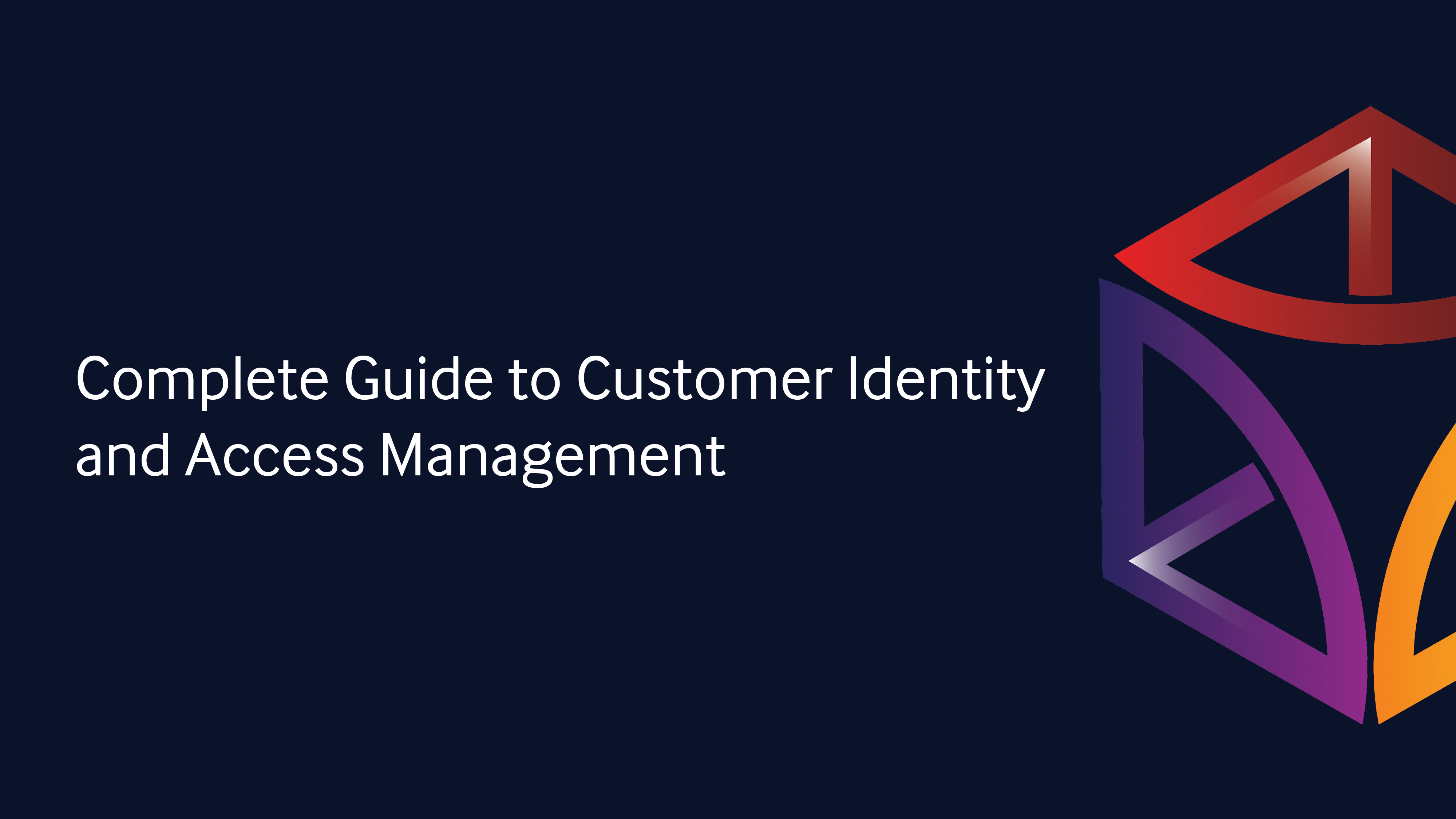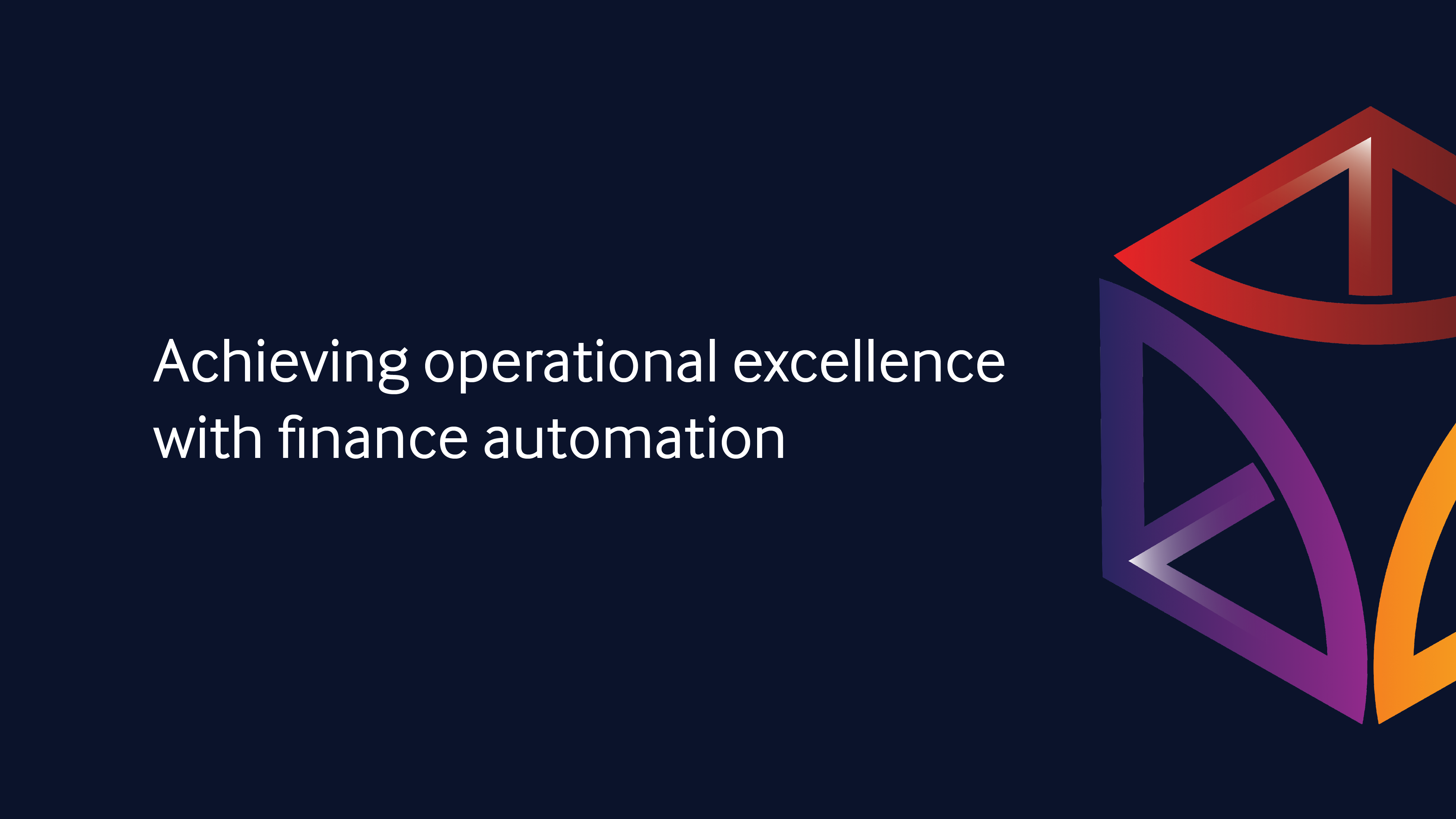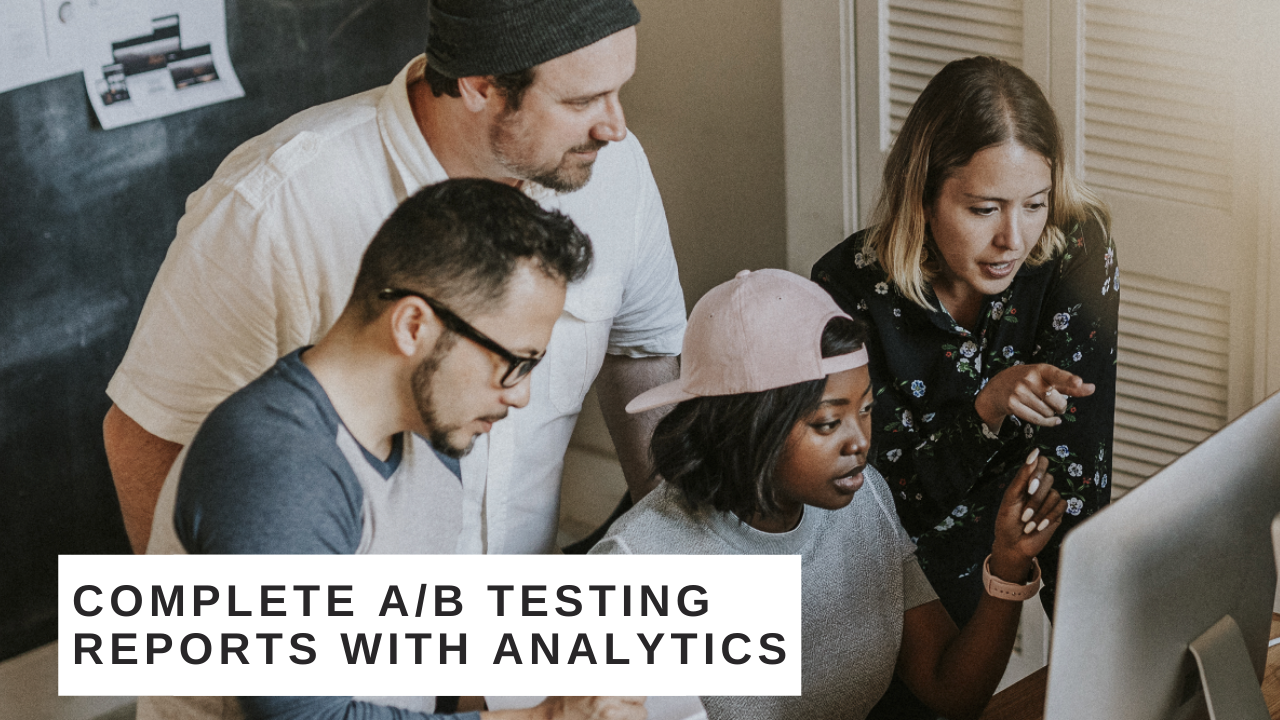

Elsa Petterson
Partner success manager @ Put It Forward
In the ever-evolving landscape of business and economics, the concept of "diseconomy" has become increasingly relevant. A diseconomy of diseconomies of scale represents a situation in which an organization or entity experiences increasing costs and inefficiencies as it expands or attempts to achieve specific goals. Otherwise, and sometimes known as laws of diminishing returns.
What are Diseconomies of Scale
Diseconomy is essentially the opposite of the more commonly discussed concept, "economy of scale." In economics, an economy of scale occurs when an organization's costs per unit of output decrease as it grows and produces more. This is typically associated with increased efficiency, improved processes, and lower costs, ultimately leading to higher profitability.
Conversely, diseconomy emerges when the opposite happens: as an organization expands or tries to achieve specific goals, costs per unit of output start to rise, efficiency drops, and the organization becomes less profitable. Diseconomy can take various forms, and understanding its causes is essential for addressing it effectively.
Causes of Diseconomy
- Inefficient Processes: One of the primary causes of diseconomy is inefficient, manual processes within an organization. As operations grow, disparate systems and procedures become more apparent and hinder productivity.
- Poor Resource Allocation: As organizations expand or undertake ambitious projects, they often need help allocating resources effectively. Mismanagement of resources, such as labour, capital, and technology, can result in increased costs and lower returns.
- Lack of Scalability: Some organizations are built around models that could be more inherently scalable. When they attempt to expand beyond their original scope, they encounter diseconomy due to the incompatibility of their structures with growth.
- Organizational Inefficiencies: Organizational structures, culture, and communication issues can lead to diseconomy. As an organization grows, maintaining efficient communication channels and a clear hierarchy becomes more complex, potentially hindering decision-making and execution.
- Regulatory and Compliance Challenges: Businesses expanding into new markets or industries may encounter diseconomy through increased regulatory and compliance requirements. The cost of compliance can significantly impact an organization's profitability, brand and social impact.
- Market Fluctuations: Macroeconomic conditions like the current conditions (sticky inflation, rising interest rates and declining customer confidence can change rapidly. An organization that grows too quickly without considering market fluctuations can be in a diseconomy situation as demand for its products or services fluctuates.
Your Next Best Action in the Face of Diseconomy
In some cases, discovering a diseconomy is the last straw before an organization closes its doors or files for bankruptcy. With the right technology platform, organizations can discover a diseconomy faster and with insights to understand better where it exists, can be fixed, or what prescriptive actions need to be applied. An intelligent automation platform continuously interrogates your data, searching for trends, patterns or diseconomies of scale, and equips organizations with the right insight to take the appropriate action. When an organization or entity begins to experience diseconomy, taking immediate and strategic action is critical to reverse the trend and ensure long-term sustainability. Here are some steps to consider:
Nine Ways Put It Forward Intelligent Automation flips diseconomies on their heads.
Embrace automation to improve efficiency, data analysis, and decision-making processes. Artificial intelligence, process automation, and predictive analytics served from the intelligent automation platform can streamline operations.
- Deliver Insights to Help Evaluate and Identify Root Causes: The first step is to conduct a thorough evaluation of your organization's operations, processes, and financial performance. Identify the root causes of the diseconomy to develop a precise strategy for addressing the issues. What if you had an intelligent automation platform operating with the ability to surface patterns and abnormalities in your operations - consistently?
- Streamline Processes: Review and optimize existing processes. Eliminate redundancies, automate tasks where possible, and ensure that procedures are efficient and scalable. By streamlining processes, you can reduce operational costs and enhance productivity.
- Rethink Resource Allocation: Carefully assess how resources are allocated within your organization. Consider reallocating resources to areas that drive growth and profitability while reducing investments in less productive segments.
- Restructure and Redefine Goals: If the organization's structure or culture contributes to a diseconomy, consider restructuring or redefining your strategic goals. A more adaptable, agile, and scalable organizational structure may be necessary to meet growth objectives.
- Compliance and Regulatory Management: If regulatory and compliance issues drive diseconomy, engage experts specializing in compliance to ensure that your organization adheres to all relevant regulations. A proactive approach to compliance can reduce risk and associated costs.
- Market Analysis and Planning: Continuously monitor market conditions and be prepared to adapt to changes swiftly. Conduct comprehensive market research to understand consumer behavior, emerging trends, and competitive landscapes. Align your organization's strategies with market realities.
- Reevaluate Growth Strategy: Sometimes, you must slow down or adjust your growth strategy. Consider whether aggressive expansion is the best action or if a more measured approach may be more sustainable in the long run.
- Foster Innovation and Agility: Encourage innovation within your organization. Cultivate a culture of learning and adaptation. Innovation can lead to new revenue streams and improved efficiency, helping to counter diseconomy.
- Continuous Monitoring and Improvement: Finally, remember that addressing the diseconomy is an ongoing process. Monitor your organization's performance, make necessary adjustments, and be open to change as your organization evolves.
Key Takeaways
- Diseconomy is a challenge that businesses and organizations may face at some point in their growth journey.
- Having the technology to help understand its causes and knowing your next best action is essential to overcome this obstacle.
- By leveraging technology and insights, organizations can take a proactive approach to address inefficiencies, streamline processes, allocate resources wisely, and adapt to market changes.
- With an always-on intelligent automation platform, organizations can see the early warning signs of diseconomies, reverse the trend of diseconomy, and position themselves for sustainable growth and profitability.
- The ability to identify and address diseconomy with Put It Forward’s Intelligent Automation Platform can be a defining factor in an organization's long-term success.
Subscribe to our blog
